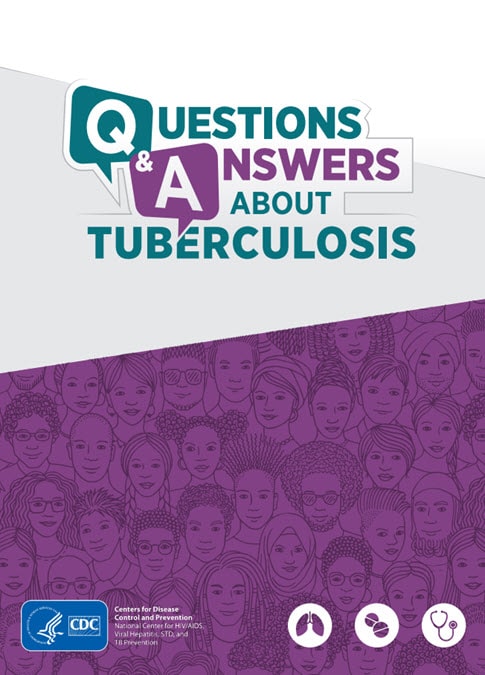Key points
- Tuberculosis (TB) is a serious health threat, especially for people with diabetes.
- If you have diabetes and are at higher risk for TB, talk with your health care provider about getting tested.
- It is important for people with diabetes and TB to get treatment.

Overview
Not everyone infected with TB germs becomes sick. As a result, two TB-related conditions exist: inactive TB (or latent TB infection) and active TB disease.
Inactive TB
TB germs can live in the body without making you sick. This is called inactive TB. People with inactive TB are infected with TB germs, but they do not have active TB disease. They do not feel sick, do not have any symptoms, and cannot spread TB to others.
Without treatment, people with inactive TB can develop active TB disease at any time and become sick.
Active TB disease
TB germs become active if the immune system can't stop them from growing. When TB germs are active (multiplying in your body), this is called active TB disease. People with active TB disease feel sick. They may also be able to spread the germs to people they spend time with every day. Without treatment, active TB disease can be fatal.
People with diabetes are more likely to develop active TB disease and become sick once infected with TB germs than people without diabetes. People with inactive TB can be treated to prevent active TB disease.

Did you know?
Prevention
Someone with untreated inactive TB and diabetes is more likely to develop active TB disease than someone without diabetes. People with inactive TB can be treated to prevent active TB disease.
Without proper treatment, diabetes and TB can cause health complications.
Treatment
Talk to your health care provider
It is important for your health care provider to know all of the medications you are taking. Some medicines used to treat inactive TB and active TB disease might interact with medicine used to treat diabetes. Your health care provider will discuss the best treatment option with you.
Resources
Questions and Answers About Tuberculosis Booklet
Staying on Track with Tuberculosis Medicine Booklet


